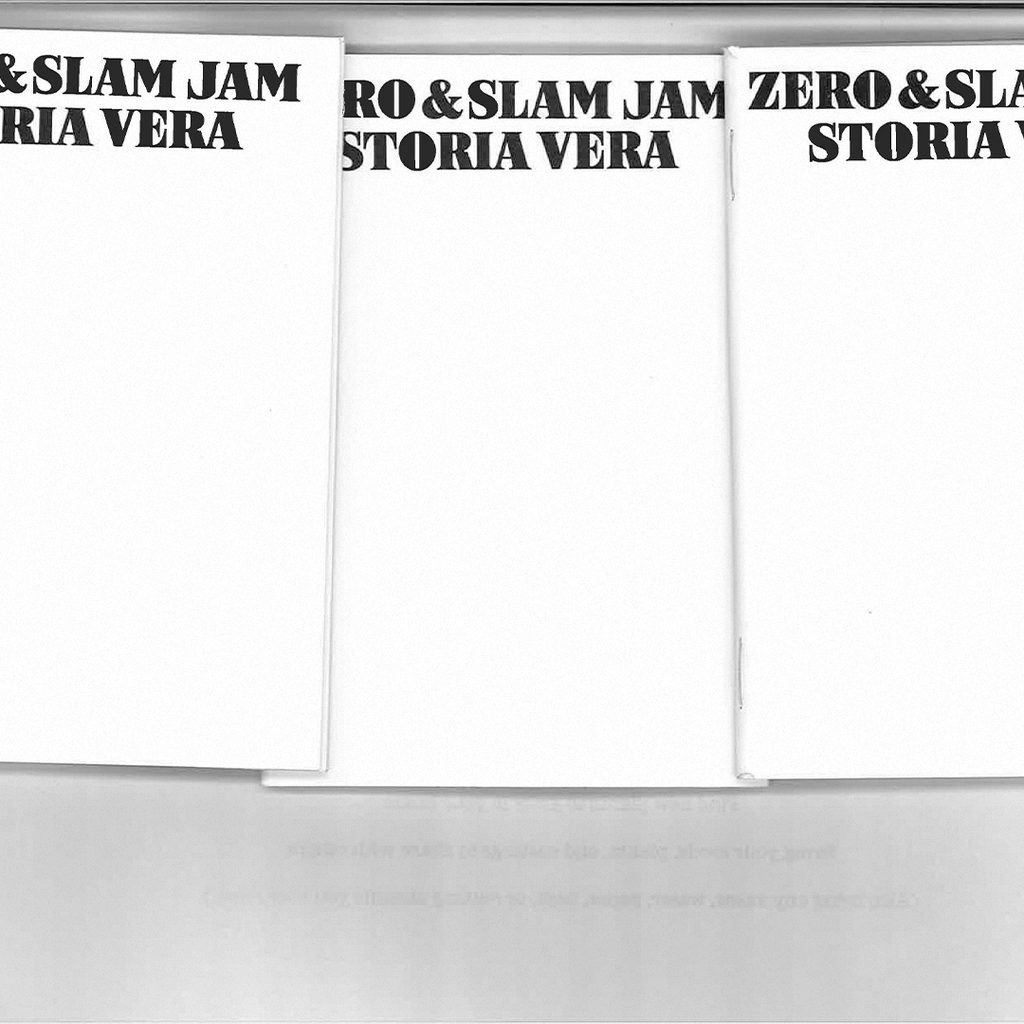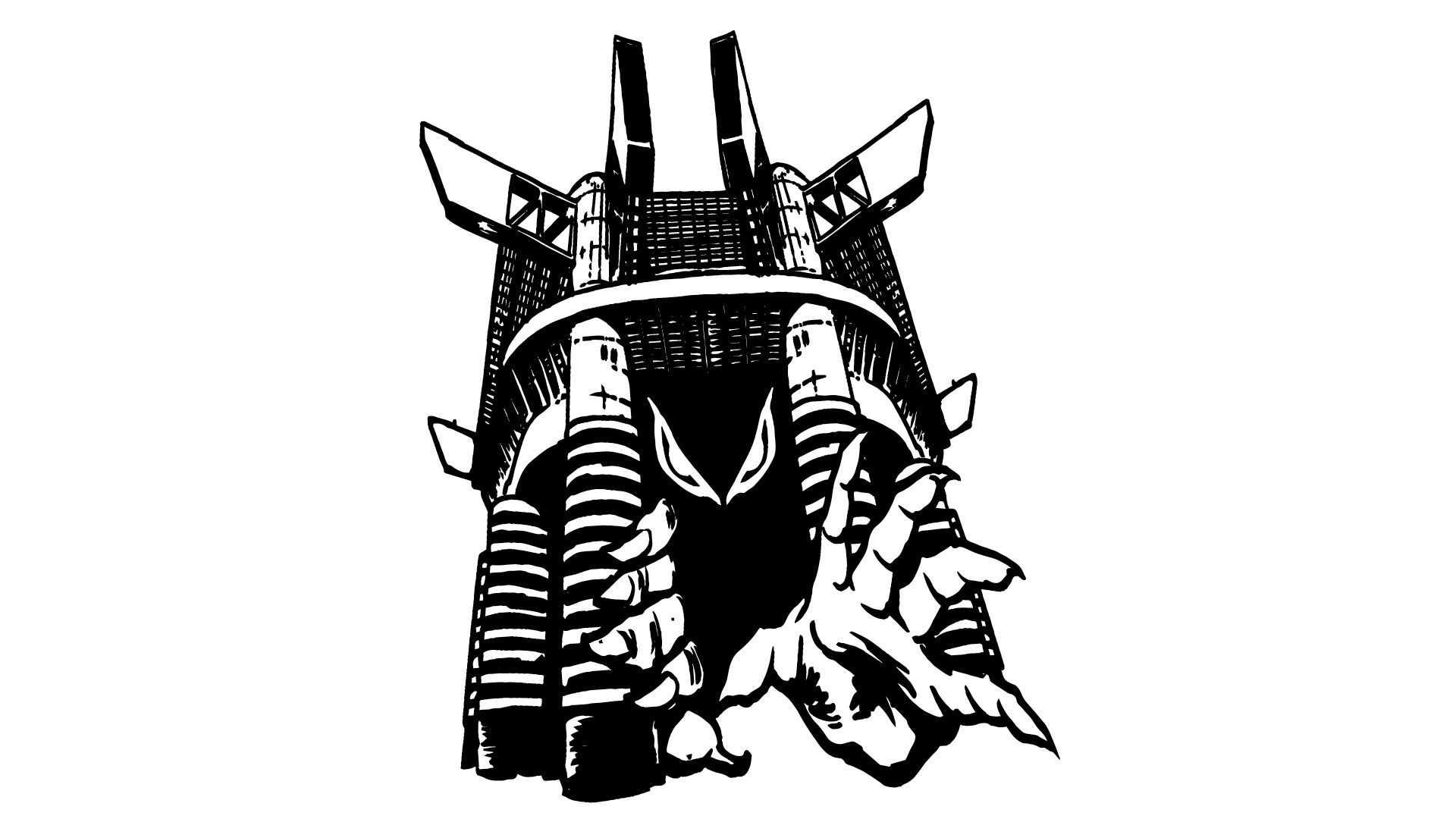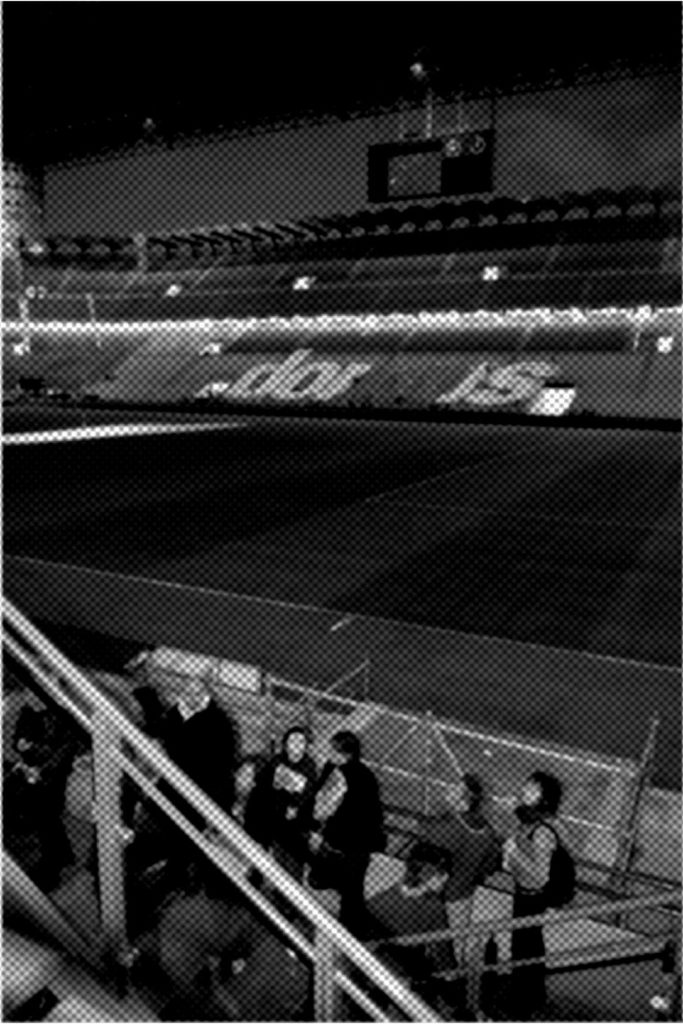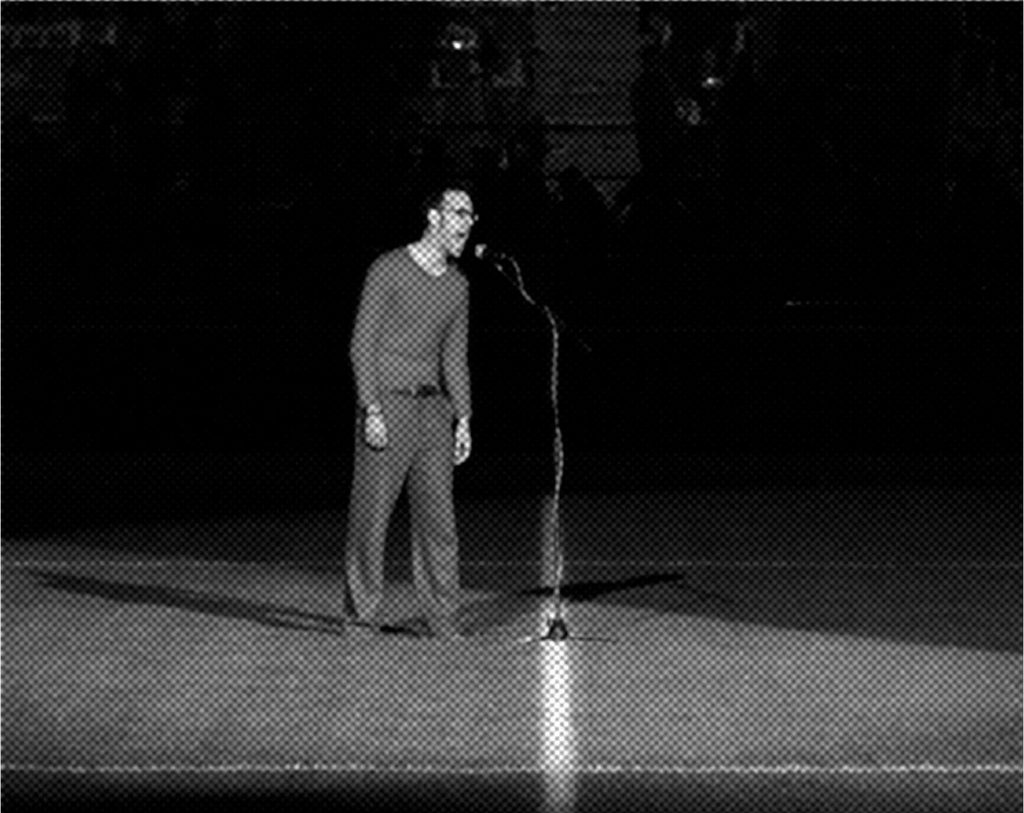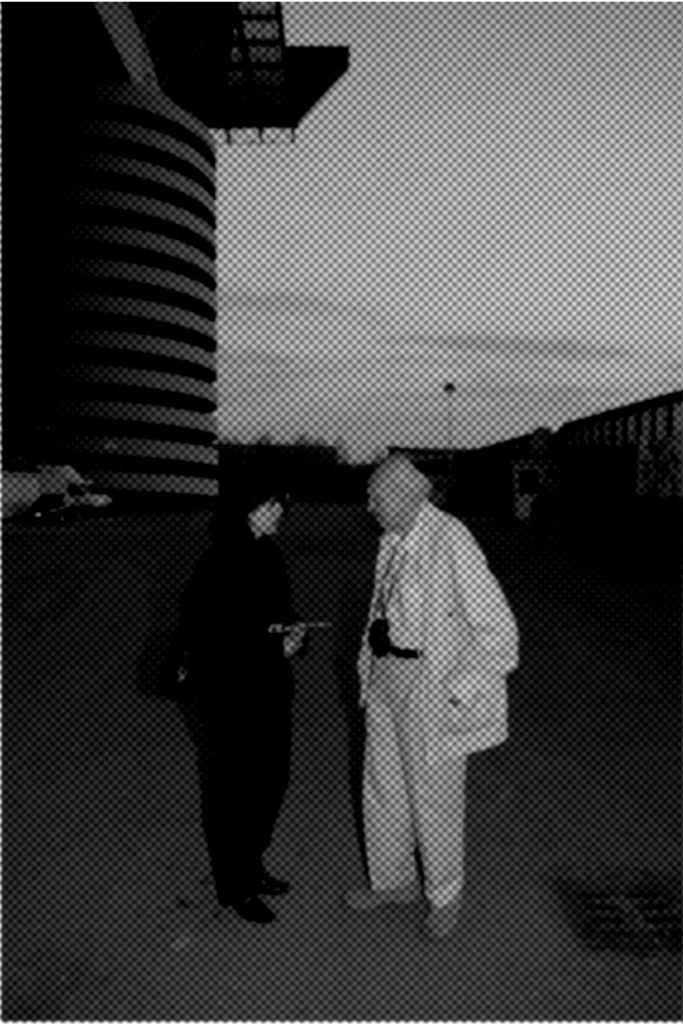Versione italiana
(English version below)
Prologo
Nessuno ricorda con precisione. Forse ho sognato, ma riporto qui le mie testimonianze di un passato così remoto che lo Stadio di San Siro non era ancora stato abbattuto e Stefano Boeri non era ancora stato eletto sindaco di Milano. Niente è più reale del sogno.
Inizio nostalgico
Che bello quando durante il Salone del Mobile sapevi che avrebbe piovuto, quando durava tre giorni e non era spalmato su un periodo lungo quanto una quaresima, quando il cameriere ti parlava in italiano al bar sotto casa e quando ancora distinguevi un tavolino da un bidet. Ai milanesi il Salone piaceva, non fuggivano nelle seconde case affittando le prime a prezzi esorbitanti appena venivano montate le bandierine rosse del Brera Design District.
Si potevano fare cose eccezionali, si poteva trasformare il tempio del calcio milanese in un luogo d’incontro per non tifosi – e per alcuni tifosi infiltrati.
Ricordo in soggettiva – visto che di oggettivo (pare) non c’è traccia
In occasione di Domus Circular (evento organizzato dalla rivista Domus diretta da Stefano Boeri, e curato da Andrea Lissoni) gli addetti ai lavori e i simpatizzanti del Fuorisalone si riversarono nello stadio di San Siro; ma nessuno ricorda i dettagli. C’erano tutti. Sopraffatta dalla quantità di offerta la mente di ognuno di noi, al tempo ancora abituata a un’attenzione selettiva, ha registrato un ricordo singolare. Scandaglio la mia memoria, interrogo gli amici che c’erano e i conoscenti che suppongo ci fossero, alcuni racconti si sovrappongono, altri divergono creando il sospetto di una mitopoiesi postuma.
Una realtà a metà tra la distopia (arte nello stadio) e il sogno (arte nello stadio).
Chi si ricorda il concerto di Arto Lindsay. Chi Alejandro Jodorowsky che legge i tarocchi. Chi di essere scappato da Jodorowsky che lo inseguiva per fargli i tarocchi quando lo sventurato voleva solo raggiungere i gabinetti. Chi si ricorda Matthew Barney (ma cosa facesse, nessuno lo ricorda). Giovani Invernomuto e Carlos Casas. Le urla sporadiche dei Kinkaleri e i cori genovesi di Luca Vitone. Gli spogliatoi allestiti temporaneamente con i video di Elisabetta Benassi nell’odore permanente di sudori calcistici. L’enorme scritta ‘Domus’ disegnata per mezzo di riviste Domus appoggiate sulle sedie arancioni degli spalti. Gli A12 proponevano in maniera provocatoria (solo due giorni prima il derby era stato sospeso per disordini) di abbattere le barriere dello stadio. Si poteva accedere al terzo anello, con una vista vertiginosa sul campo e sulla città; e alla tribuna VIP, ma senza i VIP. E io? Frugo nella mia mente, ma non so più cosa ho sognato e cosa sia vero, lo spirito di Circular era proprio quello di creare una realtà a metà tra la distopia (arte nello stadio) e il sogno (arte nello stadio); dopo ogni sogno resta quella sensazione al risveglio, una forza emotiva che ci mette di buon umore ma che poi con il passare delle ore finisce per svanire, e ci perdiamo in ricordi sempre meno affidabili.
Io mi ricordo la guerra di polistirolo con le maquette di Yona Friedman, un’azione performativa spontanea e dissacrante: oggi probabilmente quegli stessi modellini verrebbero portati a casa e conservati, ma ai tempi lo spirito era più giocoso e meno avido. E gli striscioni degli studenti IUAV alla rampa 16 issati per attirare l’attenzione del pubblico, visto che nessuno se li filava (se solo gli studenti di oggi avessero la stessa prontezza di riflessi e la stessa voglia di emergere…).
Sono sicura di non aver sognato Enzo Mari nel bar del parterre che ingaggiava un botta e risposta con i visitatori, anche se, in effetti, a raccontarlo parrebbe pura distopia. Posso affermare di ricordare che a un certo punto ci si spostò nei sotterranei dello stadio per la TDK Marathon, ma qui mentirei se dicessi che non ho ricordi; semplicemente, i giorni successivi sono andata a letto molto presto la sera, e mi riservo il diritto di non parlare di cose a cui sicuramente non ho assistito.
È stato l’evento che tutti ricorderanno. Ma che non si potrà ricostruire con esattezza, sopraffatti dal caos funzionale dello spettacolo. “Il tentativo di trasformare un catino di cemento in una piazza pubblica”. Così venne definito Circular da Domus stesso.
English version
Prologue
No one remembers with precision. Perhaps I dreamed it, but I record here my testimonies of a past so remote that the San Siro Stadium had not yet been demolished, and Stefano Boeri had not yet been elected mayor of Milan. Nothing is more real than a dream.
Nostalgic Beginning
How beautiful it was when during the Salone del Mobile you knew it would rain, when it lasted three days and was not spread over a period as long as Lent, when the waiter spoke to you in Italian at the bar downstairs, and when you could still distinguish a small table from a bidet. The people of Milan liked the Salone; they didn’t flee to their second homes, renting out the first ones at exorbitant prices as soon as the red Brera Design District flags were hung.
Exceptional things could be done; the temple of Milanese football could be transformed into a meeting place for non-fans—and for some infiltrated fans.
Subjective Memory – as the Objective (apparently) Leaves No Trace
On the occasion of Domus Circular (an event organized by the Domus magazine directed by Stefano Boeri and curated by Andrea Lissoni), industry professionals and sympathizers of the Fuorisalone poured into the San Siro Stadium; but no one remembers the details. Everyone was there. Overwhelmed by the abundance of offerings, each of our minds, still accustomed to selective attention at the time, recorded a singular memory. I scour my memory, question the friends who were there and the acquaintances I suppose were there. Some ac- counts overlap, others diverge, creating the suspicion of a posthumous mythopoesis.
A reality halfway between dystopia (art in the stadium) and dream (art in the stadium).
Some remember the concert of Arto Lindsay. Some remember Alejandro Jodorowsky reading tarot cards. Others remembers running away from Jodorowsky, who chased after them to read their cards when the poor soul only wanted to reach the toilets. Some remember Matthew Barney (but what he was doing no one remembers). Young Invernomuto and Carlos Casas. The sporadic shouts of Kinkaleri and the Genoese choirs of Luca Vitone. The temporary dressing rooms adorned with Elisabetta Benassi’s videos, permeated with the permanent smell of football sweat. The huge inscription ‘Domus’ drawn with Domus magazines placed on the orange seats of the stands. A12 provocatively proposed (just two days before, the derby had been suspended due to disturbances) to tear down the stadium barriers. The third tier was accessible, with a dizzying view of the field and the city, as well as the VIP box, but without the VIPs.
And me? I delve into my mind, but I no longer know what I dreamt and what is true. The spirit of Circular was precisely to create a reality halfway between dystopia (art in the stadium) and dream (art in the stadium). After every dream, there remains that sensation upon awakening, an emotional force that puts us in a good mood but then fades away as hours pass, and we get lost in increasingly unreliable memories.
I remember the polystyrene war with Yona Friedman’s maquettes, a spontaneous and irreverent performative action. Today, those same models would probably be taken home and preserved, but at the time, the spirit was more playful and less greedy. And the banners of IUAV students raised on ramp 16 to attract public attention, as no one paid them any mind (if only today’s students had the same quick reflexes and desire to emerge…). I am sure I didn’t dream Enzo Mari in the bar of the parterre engaging in a back-and-forth with visitors, although, in fact, recounting it would seem like pure dystopia. I can state that I remember at some point we moved to the underground of the stadium for the TDK Marathon, but I would be lying if I said I have no memories; simply put, in the following days, I went to bed very early in the evening, and I reserve the right not to speak about things I definitely did not witness.
It was the event that everyone will remember. But it cannot be reconstructed with precision, overwhelmed by the functional chaos of the show. “The attempt to transform a concrete bowl into a public square.” That’s how Circular was defined by Domus itself.
